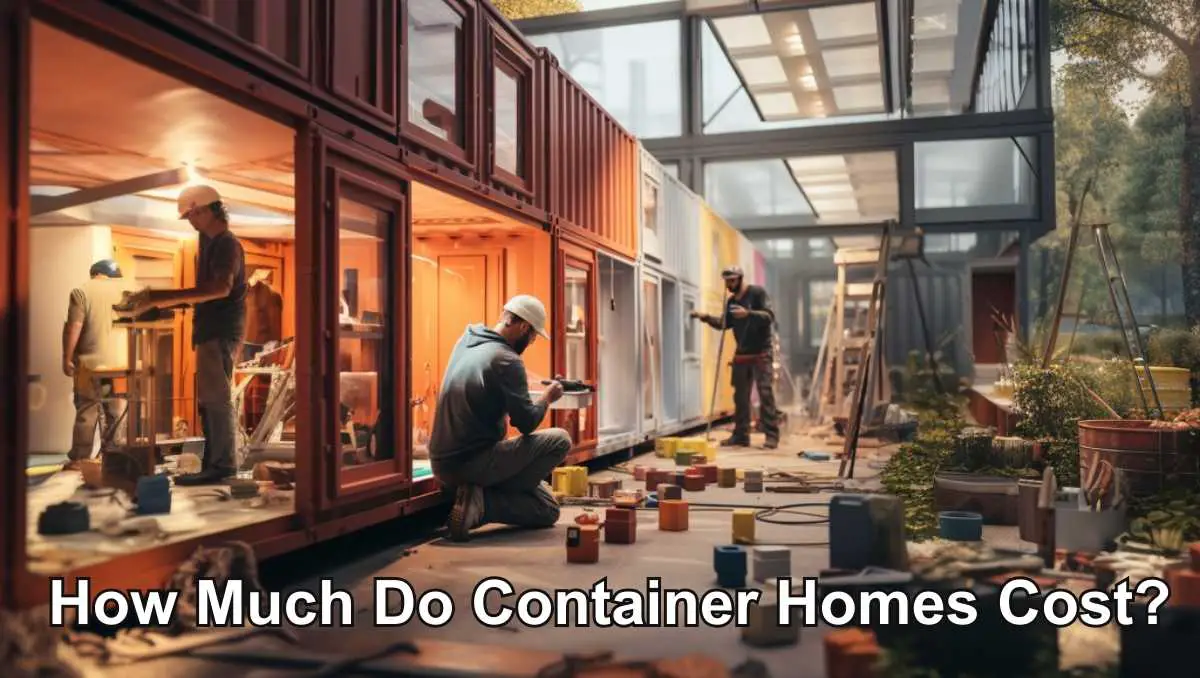Are you looking for a unique and affordable home that reflects your individuality? Look no further than container homes! This innovative house, crafted from repurposed shipping containers, offers an intriguing blend of functionality and style. But before diving into this venture, it’s essential to consider how much these container homes cost.
The cost of a container home can vary depending on the location, size, design, and additional features. On average, a single-container home can cost anywhere from $10,000 to $35,000, while a multi-container home can cost upwards of $100,000.
In this article, we will explore the various elements that influence container home costs and provide a comprehensive breakdown of construction expenses.
Factors Affecting The Cost of Container Homes
Several essential factors must be considered when considering the cost of container homes.
Location
Site selection plays a crucial role in determining the overall cost of your container home. The property value of the chosen location can greatly impact your expenses. Prime locations with higher property values may require a larger investment upfront.
Additionally, transportation costs should be considered when selecting a location for your container home. If the site is far away or inaccessible, it could increase transportation expenses for delivering and placing the containers.
Size and Layout
Regarding cost implications, remember that larger homes will generally cost more than smaller ones due to increased construction materials and labor. However, opting for a compact design can help reduce expenses without compromising functionality.
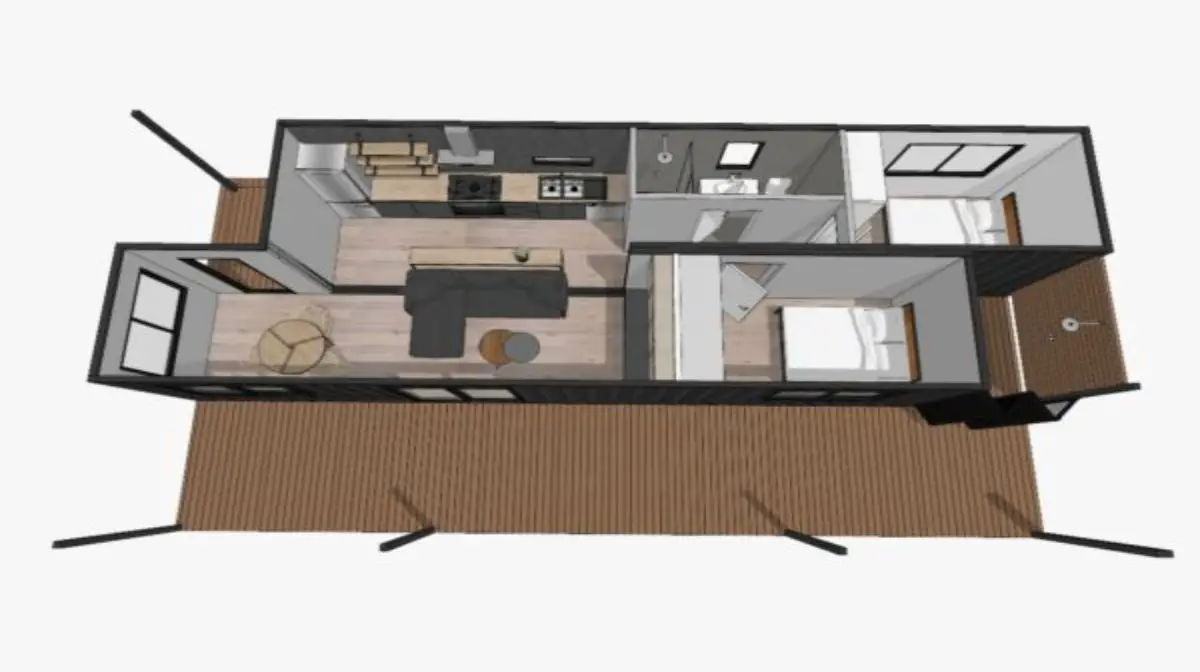
Space utilization is vital in container homes, so carefully consider how you want each room to flow and ensure that every inch serves a purpose. Additionally, interior design choices can significantly impact the final cost, as high-end finishes and custom fixtures drive up prices.
Design and Customization
Container home design offers endless possibilities to transform the space into a unique living environment. From open floor plans to multi-level layouts, you can create a layout that maximizes functionality and reflects your taste.
Interior customization allows you to personalize every detail of your container home, from choosing the materials for flooring, walls, and countertops to selecting fixtures and appliances that align with your preferences. Architectural options such as windows, doors, and skylights provide natural light while maximizing energy efficiency.
Condition of Containers
The containers, typically made from steel, are designed to withstand harsh conditions during ocean transportation. This means they are built to last and provide a durable foundation for your container home.
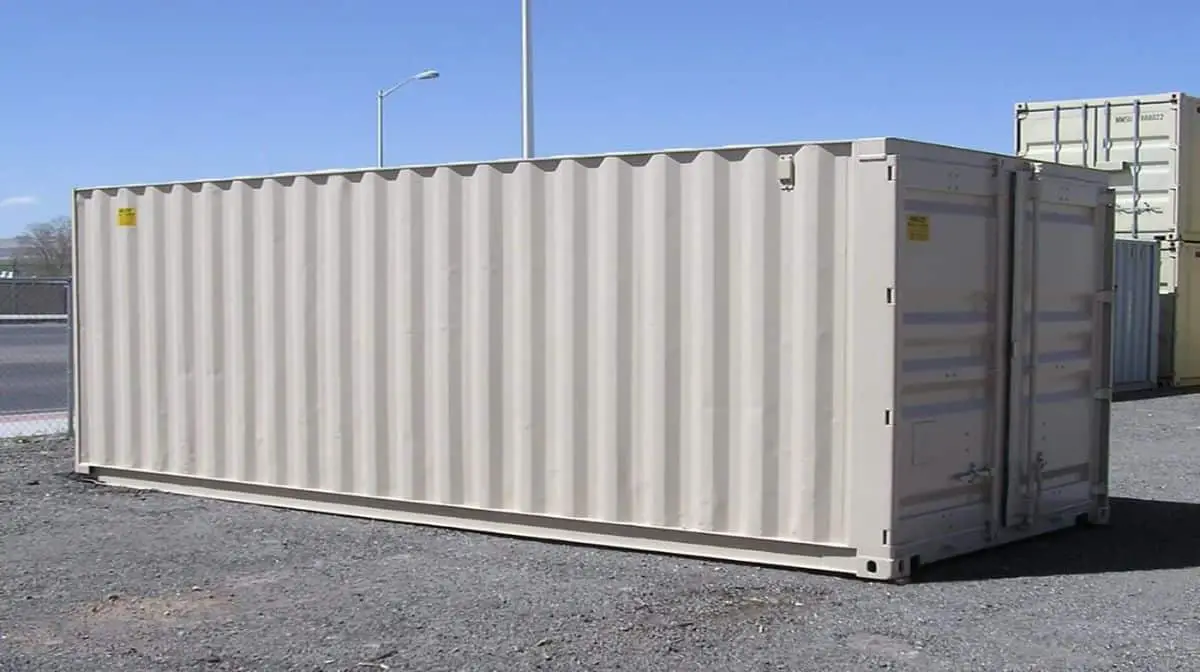
In terms of maintenance and safety, are shipping container homes safe and suitable to live in? Container homes require minimal upkeep due to their sturdy construction. However, it’s essential to regularly inspect the containers for any signs of rust or damage and address them promptly to maintain their longevity.
Foundation and Site Preparation
Foundation and site preparation costs are essential factors to consider when planning your budget. Before starting any construction work, it’s crucial to conduct soil testing to determine the type and stability of the ground. This will help design an appropriate foundation system to withstand different loads and conditions.
The foundation and site preparation costs can vary depending on factors such as soil conditions, the size of excavation required, and the complexity of drainage systems. It’s advisable to consult with professionals specializing in container homes to obtain accurate estimates for these expenses before proceeding with construction.
Permits and Regulations
Ensure you know the permits and regulations that must be followed when building your container home. Building regulations, zoning requirements, construction permits, building codes, and legal considerations are all important factors to consider during the process.
Before beginning any construction, it’s crucial to check with your local authorities to understand the specific requirements for your area. Building regulations can vary from place to place, so it’s essential to familiarize yourself with the rules and guidelines set forth by your municipality.
Cost Breakdown of Container Home Construction
Are shipping container homes cheaper to build? When it comes to the cost breakdown of container home construction, there are several key points to consider.
Size and Location Cost
Container homes can vary in cost depending on their size and location.
On average, a container home can range from $20,000 to $200,000. The price is influenced by factors such as the number of containers used, the quality of materials, and any additional features or customization.
However, container homes have gained popularity as a cost-effective design option due to their budget considerations and financing options. Compared to traditional homes, container homes offer a more affordable alternative for those looking to build their dream home on a budget.
Home Features and Customization Cost
When it comes to home design, container homes offer endless possibilities. You can choose from a wide range of interior decor options, allowing you to create a space that truly reflects your style and personality.
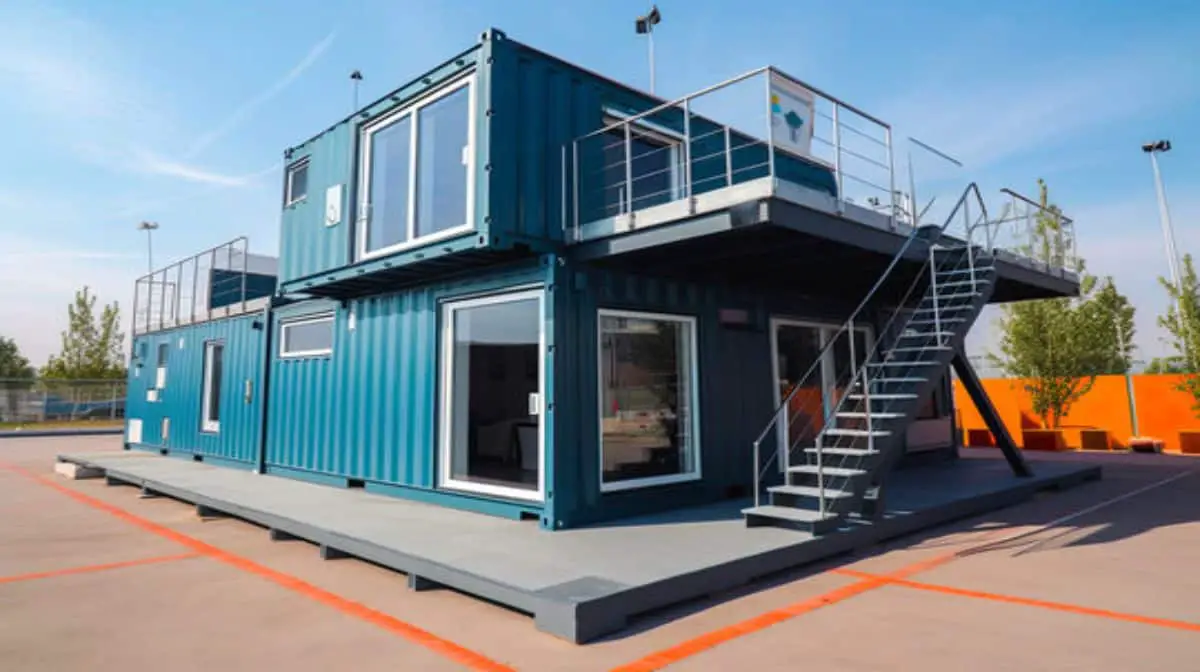
On average, you can expect to spend anywhere from $30,000 to $100,000 or more on home features and customization for a container home. This cost includes expenses for interior finishes, electrical work, HVAC systems, and any additional customizations you may want, such as a customized floor plan, solar panels, or a rooftop garden.
The cost of home features and customization in a container home can vary greatly depending on the specific features and customizations that you want. However, you can expect to pay more for a container home with more features and customizations. Larger and more energy-efficient windows and doors can add to the cost.
Materials and Containers Cost
Building a container home requires careful consideration of the building materials, as they directly impact durability and insulation. You have several insulation options, such as spray foam, rigid foam boards, or blanket insulation. These choices will affect both your initial investment and long-term energy efficiency.
On average, you can expect to spend between $1,500 to $4,500 or more per shipping container. For a standard 20-foot container, the cost might range from $1,500 to $3,000, while a 40-foot container can cost between $3,500 and $4,500.
Additionally, when planning your container home construction process, selecting the correct shipping container sizes is crucial. Standard shipping containers come in 20-foot and 40-foot lengths, with variations in height. The size (and cost) you choose will depend on your specific needs and desired interior design layout.
Plumbing and Electrical Systems Cost
Plumbing costs for container homes can vary depending on the complexity of the system and the number of fixtures needed. The installation expenses may include piping, fittings, water heaters, toilets, sinks, showers, and drainage systems. Additionally, maintenance fees should be considered for regular inspections and repairs.
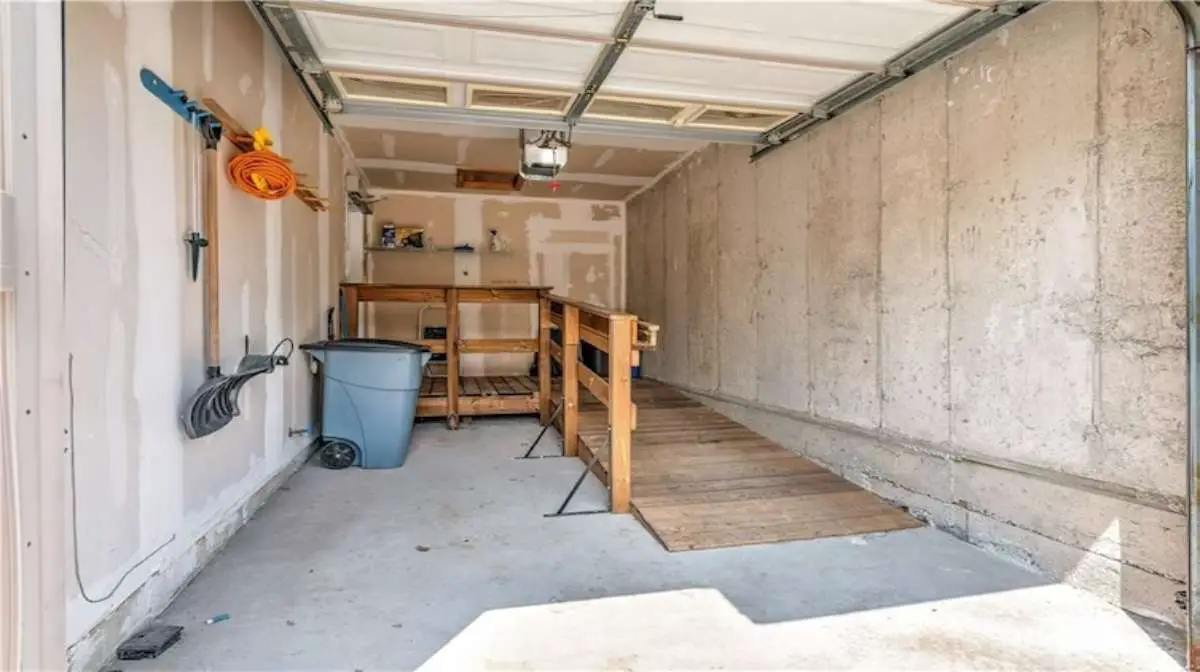
On average, you can expect to spend between $5,000 to $15,000 or more on plumbing and electrical systems for a container home.
Electrical cost is another crucial factor to consider. This includes wiring, outlets, switches, circuit breakers, lighting fixtures, and appliances. Energy-efficient options such as low-flow fixtures or LED lighting can reduce long-term utility costs while providing functionality and comfort in your space.
Labor Costs
Labor costs for plumbing and electrical systems in container homes can vary depending on the complexity of the installation and the number of fixtures needed. Regarding container home labor, it’s essential to consider construction labor expenses as they can significantly impact your overall budget.
On average, you can expect labor costs to account for approximately 30% to 50% of the total project cost.
The breakdown of labor costs typically includes wages for skilled workers, permits, and required materials. To save on labor expenses, you can follow a few tips. Hiring experienced professionals familiar with container home projects can also help ensure efficient and cost-effective installations.
Does A Container Home Hold Value?
Container homes can be a solid investment, as they tend to hold their value over time. When considering the resale value of a container home, it is important to recognize that it can serve as a long-term investment due to its unique qualities.
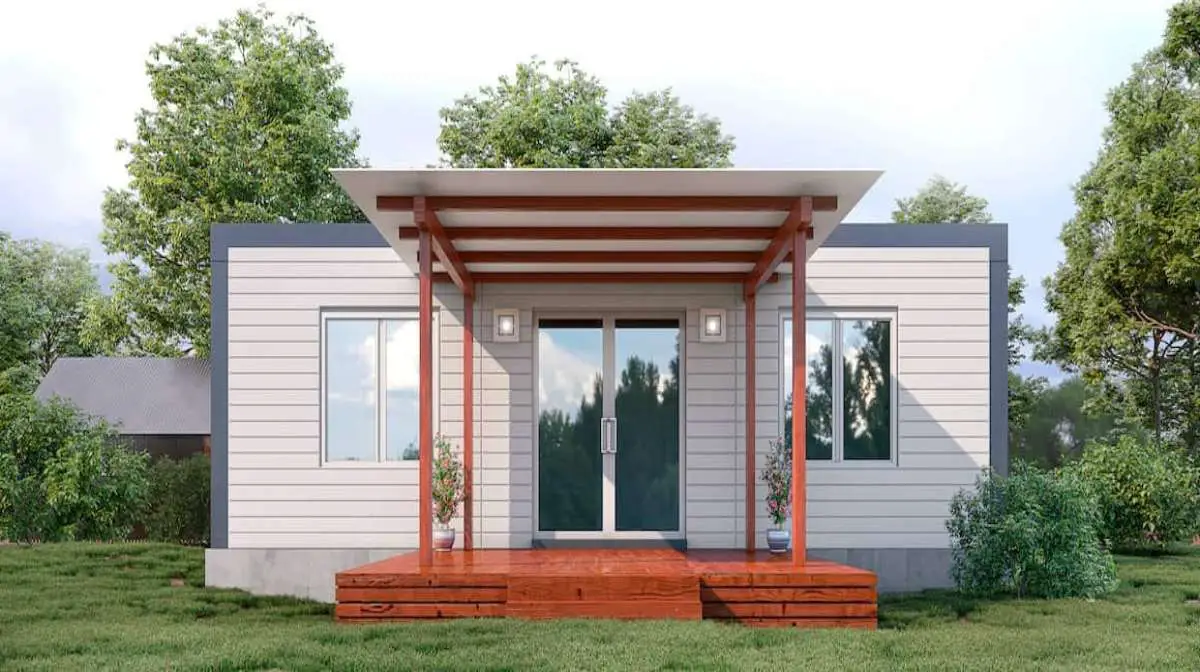
The market demand for container homes has steadily increased, making them an attractive option for potential buyers. Additionally, when it comes to home appraisal, container homes are often appraised similarly to traditional houses and are subject to similar valuation methods.
One key factor in determining the value of a container home is its depreciation rate. How long does a shipping container home last? While traditional houses may experience depreciation over time due to wear and tear or changing market conditions, they tend to maintain their structural integrity and aesthetic appeal. This means that their depreciation rate is typically lower compared to traditional houses.
Investing in a container home can be financially beneficial in the long run. Their substantial resale value, increasing market demand, and low depreciation rates make them an attractive option for those seeking an innovative living space and a solid investment opportunity.
If you’ve been exploring the topic of whether container homes hold value, you might be interested in a related comparison: container home vs. tiny home.
Tips to Save Money on Building a Container Home
To get the most bang for your buck and better understand the realities of living in a container home, try these money-saving tips when building your very own container house.
- Instead of buying brand-new containers, consider purchasing second-hand ones. This can significantly reduce the overall cost of your project while still providing a sturdy and reliable structure.
- Embrace the DIY approach. By taking on some tasks yourself, such as insulation or interior design, you can avoid hiring expensive contractors and keep more cash in your pocket.
- Investing in proper insulation, solar panels, and energy-efficient appliances will not only lower your monthly utility bills but also contribute to a greener lifestyle.
- When it comes to materials and finishes, choose budget-friendly options that still offer durability and aesthetic appeal.
- Don’t forget about clever space utilization. Maximizing every square inch of your container home will help you avoid unnecessary expenses associated with expanding or adding additional structures.
By implementing these cost-saving techniques and being resourceful throughout the construction process, you can create an affordable yet stylish container home that perfectly suits your needs while keeping expenses under control.
Container Living: It’s More Affordable Than You Think
Are shipping container homes worth it? After exploring the various factors that affect container home costs and understanding the cost breakdown of construction, it’s evident that container homes can be a cost-effective housing option.
Despite its unique nature, these homes can hold value if properly maintained. To save money on building a container home, consider sourcing used containers, utilizing efficient insulation methods, and opting for simple designs. You can envision a sustainable and affordable future with container homes as a viable housing solution.

